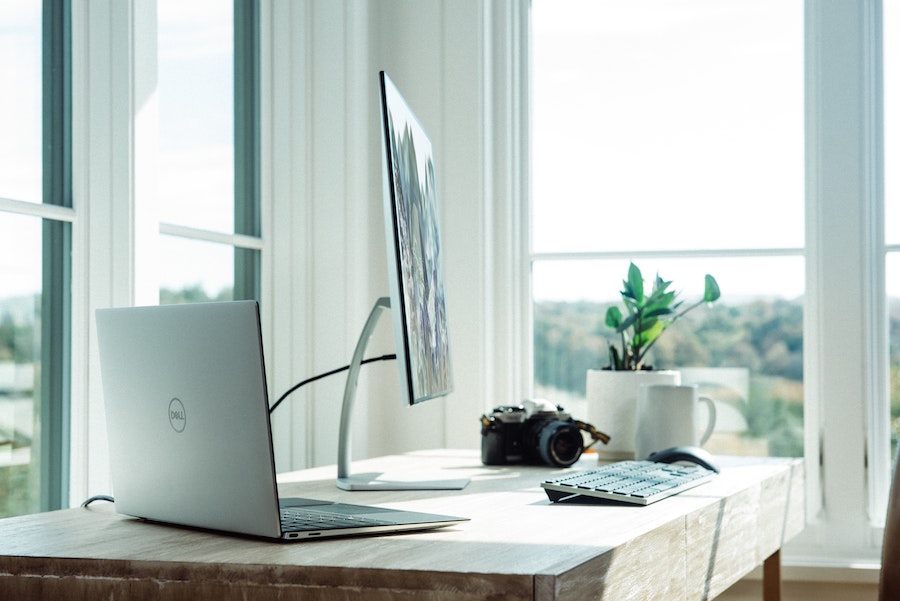Working from Home? Here’s Why Interior Lighting Design is Important
Don’t Work in the Dark! Illuminate Your Space with These Tips!

We jest a little here; we don’t think you work in the dark. Yet, working with bright computer screens sometimes leads people to believe that they need less light in their workspace. Nothing could be further from the truth! The light from computer screens is no substitute for proper interior lighting that gets you through your workday.
We’ve written before about human-centric lighting and how light affects us throughout the day. With so many people continuing to work from home, it's even more critical that people understand how it can affect your work and energy levels. As an interior lighting design company, GHT Group has put together a few tips on lighting techniques for your Smyrna office space, whether for your home-based business or your corporate management position at Georgia-based Coca-Cola or Delta headquarters.
SEE ALSO: Five Lighting Design Tips for a Brighter, More Inviting Kitchen
Daylighting and Circadian Rhythms
We’ve discussed lighting and its relationship to circadian rhythms on this blog before, but it bears reviewing here. Brighter, bluer light, like that of the mid-day sun, aids in energy and focus. Amber and crimson lighting hues help our bodies wind down, relax, and prepare for sleep. With so much of our time spent on screens throughout the day, this research has not been lost on computing and consumer electronics companies either. Features like night mode on Apple and other vendor products decrease screen brightness and change to warmer backlighting to avoid keeping us "wired" as we use devices later in the day.
While you don’t want glare from too much sunlight, exposure to natural light is beneficial to focus and energy throughout the day. Maximize natural light by positioning your desk by a window. While some interior designers might frown on a desk facing the window, from a daylighting standpoint, it is beneficial. If you need to control the light, motorized shading can help. Use light filtering fabrics to cut the heat and glare when necessary and open up to the light at other times – all at the touch of a button.
Use Enough Light
Your work area should be brighter than other parts of your home. Lighting designers recommend 60 to 80 foot-candles of brightness for an office space. For example, that would translate to 6000-8000 lumens for a 100 square foot space. Your light sources should be in the 3000-3500K color range, which translates to warm white tones. However, with tunable lighting like Ketra, you can alter that and go with brighter, bluer light in the 4000-5000K range that matches the incoming rays of the sun during part of the day for increased energy.
Looking Good on Zoom
Have you sometimes winced at how a co-worker looks on video calls? In Hollywood, lighting a scene is both an art and science to make people look perfect on camera. You may not need that level of perfection in your home office, but good lighting helps you look natural and engaging on video calls. You should avoid harsh overhead light, which can emphasize imperfections and use diffuse light on your face for the best effect. This diffuse light can come from a desktop lamp, other auxiliary lighting, or from the right shades on your window. Better yet, with tunable lighting, you can tailor the room’s illumination to match natural light for a great-looking visage and background too.
Want more professional interior lighting design ideas? Let the experts at GHT Group help. Call us at (770) 955-8909, contact us here, or use the chatbox below to connect with us right away. We look forward to working with you!